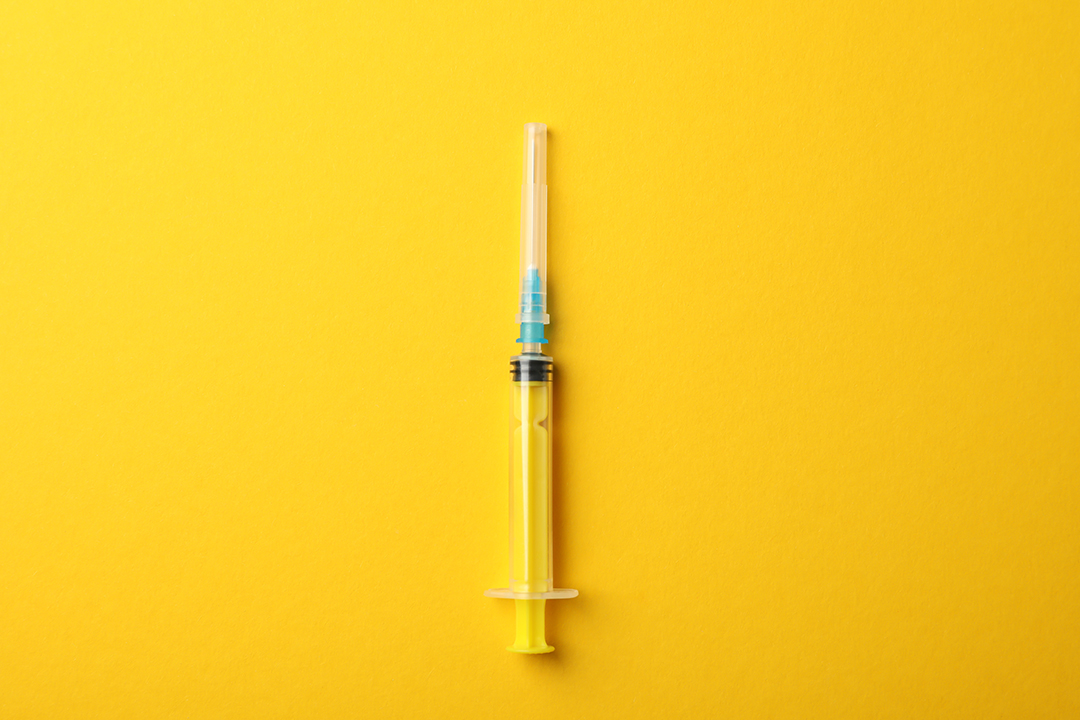PRP Treatment: What to Expect After Treatment
If you’ve recently received or are considering a Regenerative Therapy procedure, you may be wondering how long recovery takes and what to expect along the way.
This type of Regenerative Orthopedic Treatment supports the body’s natural healing response using concentrated platelets and growth factors from a patient’s own blood. Because it encourages gradual tissue restoration rather than immediate symptom relief, recovery typically unfolds over several weeks.
Causes: Why Healing Happens in Stages
The recovery timeline reflects the biological process taking place beneath the surface. As new tissue forms and inflammation decreases, improvements in mobility and comfort become more noticeable.
This method is especially helpful for patients with cartilage injuries, tendon strains, or chronic joint pain where healing requires time and consistency rather than quick relief.
Symptoms: Common Post-Treatment Responses
After a a PRP injection, it’s normal to experience short-term soreness or mild swelling as your body activates its repair process. Some patients notice temporary stiffness or warmth around the treated joint—these are typical and expected responses.
If symptoms intensify instead of improve, or if swelling persists, you should contact your care provider for evaluation.
Typical Week-by-Week Recovery Timeline
Days 0–2
- Mild soreness and swelling possible
- Avoid anti-inflammatory medications (these can slow the natural healing response)
- Rest and allow the joint to settle
Week 1
- Early tissue activity begins
- Light movement or stretching may be allowed
- Continue to protect the area from high-impact activity
Week 2
- Stiffness begins to ease
- Range of motion improves
- Daily activities become more comfortable
Weeks 3–4
- Gradual improvement in strength and joint function
- Low-impact exercise may resume with guidance from physical therapy or rehabilitation staff
Weeks 5–6
- Peak results for many patients
- Better flexibility, reduced discomfort, and improved joint stability
- Continued progress through guided rehabilitation
Month 3 and Beyond
- Ongoing maintenance and functional improvements
- Occasional follow-up evaluations help monitor recovery and adapt the care plan as needed
Tips to Support Healing
- Follow your orthopedic provider’s post-treatment instructions carefully
- Avoid anti-inflammatories unless directed otherwise
- Strengthen muscles surrounding the treated area with supervised therapeutic exercises
- Maintain follow-up appointments to track progress and adjust activity safely
When to Reach Out for Medical Review
You should contact your orthopedic provider if you notice:
- Pain that worsens instead of improving
- Swelling that does not decrease
- Redness, fever, or warmth suggesting infection
These reactions are uncommon but require professional attention.
Long-Term Recovery and Outlook
Regenerative Orthopedic Care emphasizes gradual, lasting improvement through the body’s own repair mechanisms. Most patients notice steady progress over several months, particularly when combining regenerative therapy with proper exercise and joint protection strategies.
Healing times vary, but patience and adherence to the prescribed recovery plan make a significant difference.
Disclaimer:
All references to regenerative or biologic therapies on this website are for educational purposes only. Dr. Burke Orthopedics provides regenerative orthopedic care performed under FDA-cleared standards and does not advertise or sell biologic or prescription drug products.
Take the Next Step in Your Recovery
Regenerative Orthopedic Care can support your body’s natural ability to restore mobility and joint function over time. Each patient’s recovery journey is unique—your progress depends on your condition, activity level, and overall health.
If you’re ready to explore whether Regenerative Therapy may be right for you, our team is ready to help you take the next step.
📞 Call us today at (713) 436-3488
👉 Request an Appointment Online
Dr. Burke Orthopedics proudly serves Houston, Pearland, Friendswood, and Southeast Texas, offering advanced orthopedic care that helps patients move confidently again.

